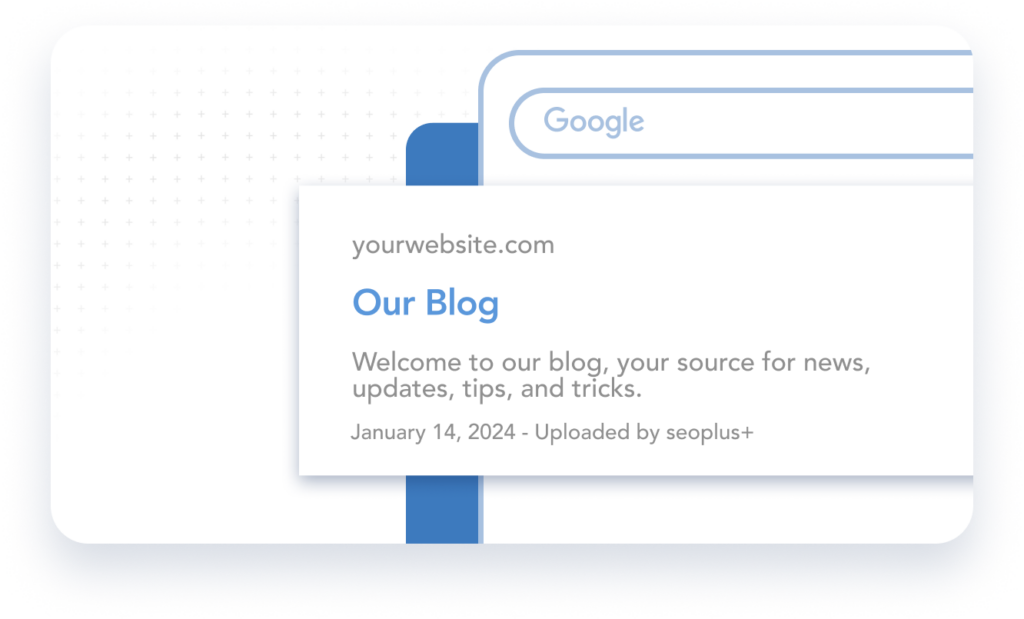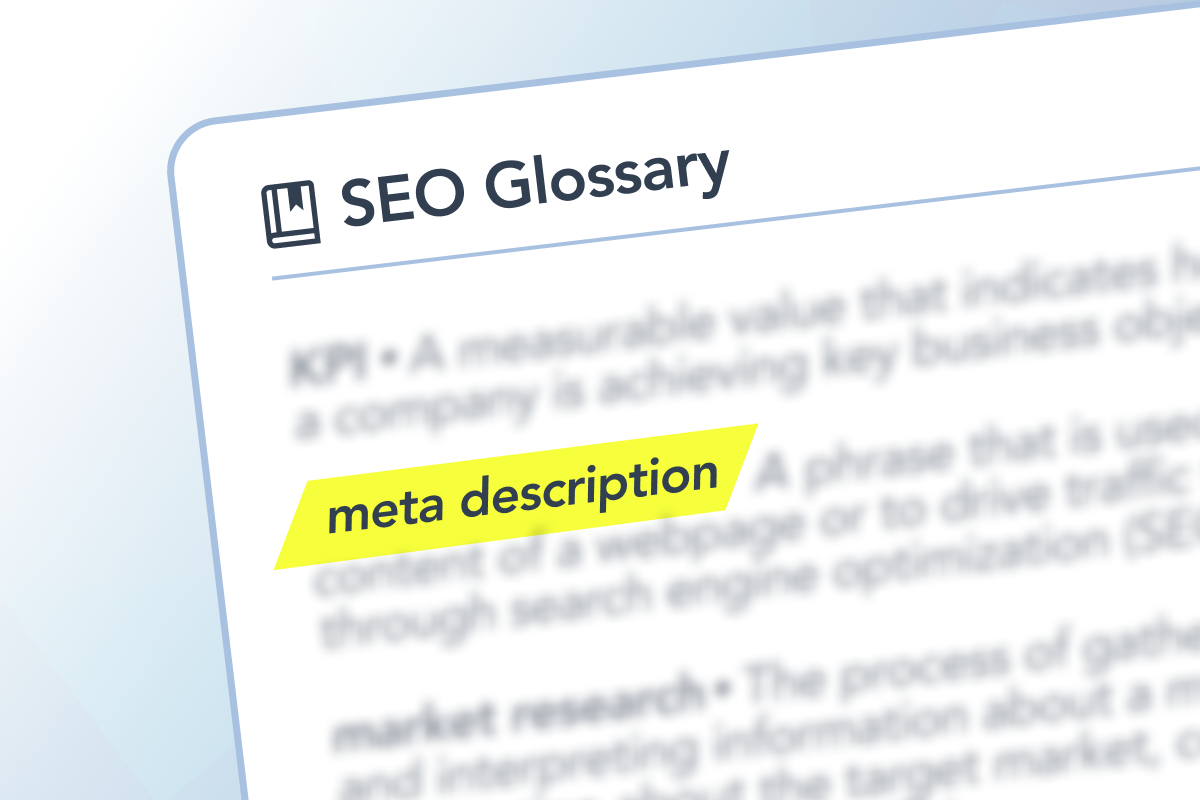Think of meta descriptions as the teaser trailer for the content of your webpage. Located just below the page title in SERPs, these brief snippets are your chance to make a compelling pitch to potential visitors about why they should click through to your site.
What are meta descriptions?
A meta description is a brief summary of a webpage’s content that appears under the page title in search engine results. While not directly impacting SEO rankings, it plays a crucial role in user engagement.

Why are meta descriptions important for users and SEO?
- User engagement: Meta descriptions give users a snapshot of what to expect on the webpage, helping them decide if it’s relevant to their needs.
- Increased click-through rates: A compelling meta description can significantly enhance the likelihood of a user visiting your page, indirectly benefiting SEO by signaling popularity and relevance to search engines.
How to write effective meta descriptions?
- Keep it under 160 characters: This ensures the entire description is visible in SERPs. However, Google also measures meta descriptions using pixel width, so it’s crucial to double-check how they appear within the search results. The pixel limits are about 920 pixels for desktop and 680 pixels for mobile devices to prevent truncation.
- Use action-oriented language: Encourage readers to take action by using active voice and action verbs.
- Include targeted keywords: While meta descriptions do not directly contribute to SEO rankings, including relevant keywords can help reinforce what the page is about.
- Provide clear value: State clearly what the user will gain by visiting the page, such as answering a question or offering a solution to a problem.
By crafting effective page titles and meta descriptions, you ensure your website not only attracts but also engages visitors, driving traffic and improving your online presence.
Crafting effective page titles and meta descriptions is crucial for both SEO and user engagement. They serve as a gateway between the search engine and your content, influencing whether users click through. Meta descriptions must similarly provide a compelling summary that includes a call to action, aligning with the page’s purpose and keeping the user’s intent in mind. By adhering to best practices, you can improve click-through rates and deliver a better user experience, which is vital for successful SEO performance.


